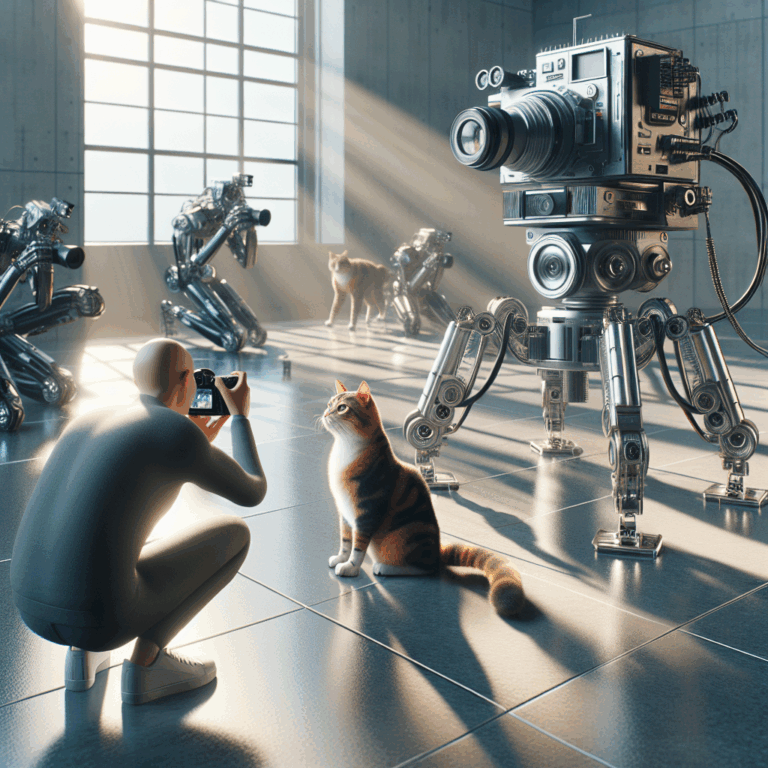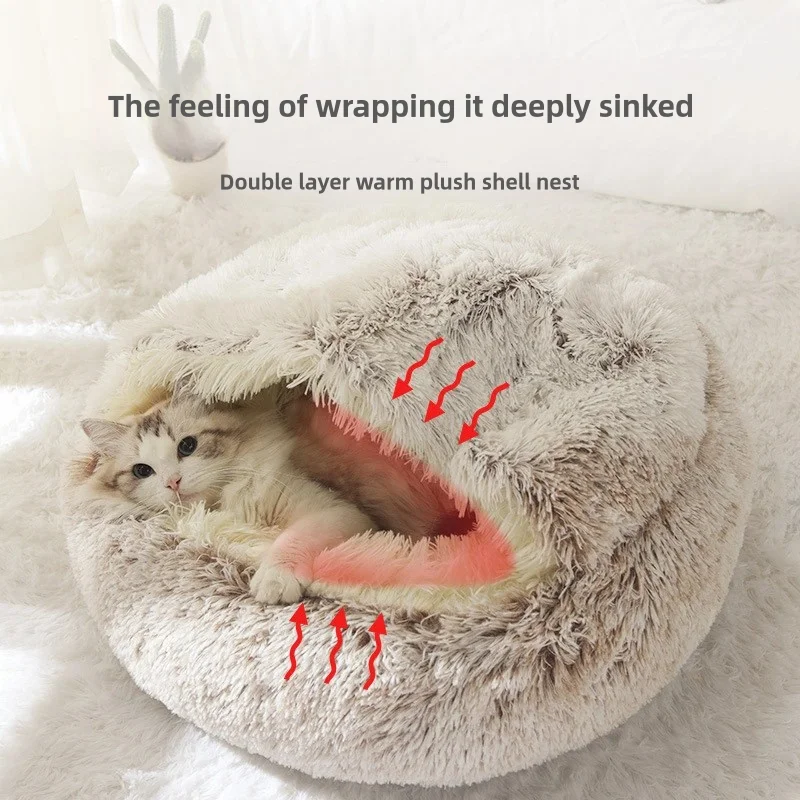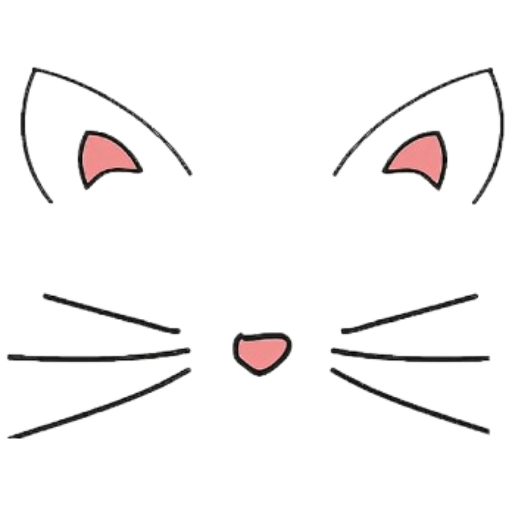The Feline Innovators of Robotics: Cats and Their Influence on Automation and AI
- No Comments
In the rapidly advancing world of robotics and artificial intelligence (AI), a surprising yet increasingly influential figure has emerged: the common house cat. While cats have long been admired for their grace, agility, and curious nature, these attributes are now being recognized for their potential contributions to the field of robotics. Researchers and engineers are studying feline behaviors and biomechanics to inspire the next generation of robots tasked with everything from household chores to complex industrial applications.
One of the key areas where cats are making their mark is in the design of robotic limbs and joints. The feline skeleton is a masterpiece of evolution, combining strength with flexibility in a way that allows for a remarkable range of motion. Engineers at leading universities and tech companies are using high-speed cameras and motion-capture technology to analyze cat movements, translating these natural mechanics into robotic systems that can perform tasks with unprecedented precision and agility. This research is paving the way for robots that can navigate complex environments with the same ease and grace as a cat leaping between bookshelves.
Moreover, the sensory capabilities of cats are also providing insights into the development of AI. Cats possess highly sensitive whiskers, which are used to detect subtle changes in their environment. This has inspired a new generation of tactile sensors for robots, enabling them to interact with their surroundings in a more nuanced manner. By mimicking the way cats use their whiskers to gather information, robots could soon be able to perform delicate tasks that require a gentle touch, such as handling fragile objects or assisting in medical procedures.
In addition to hardware innovations, the independent and curious nature of cats is influencing the development of AI algorithms. Cats are known for their ability to learn from their environment and make decisions based on past experiences. This has inspired AI researchers to develop more sophisticated machine learning models that mimic these cognitive processes, allowing robots to adapt to new situations and improve their performance over time.
The impact of cats on robotics is not limited to the lab. In the burgeoning field of social robots, which are designed to interact with humans in everyday settings, cats are serving as models for creating machines that can provide companionship and emotional support. Observing how cats communicate and bond with humans is helping developers design robots that can recognize human emotions and respond appropriately, potentially transforming how we interact with technology in our homes and workplaces.
As the boundaries of robotics and AI continue to expand, the influence of our feline friends is likely to grow. Cats, with their unique combination of physical prowess and cognitive capabilities, offer a rich source of inspiration for creating machines that are not only more capable but also more attuned to the needs of the humans they serve. In this era of technological advancement, it seems that the age-old partnership between humans and cats is poised to reach new heights, as these charming creatures lead the way in shaping the future of automation.

In the rapidly advancing world of robotics and artificial intelligence (AI), a surprising yet increasingly influential figure has emerged: the common house cat. While cats have long been admired for their grace, agility, and curious nature, these attributes are now being recognized for their potential contributions to the field of robotics. Researchers and engineers are studying feline behaviors and biomechanics to inspire the next generation of robots tasked with everything from household chores to complex industrial applications.
One of the key areas where cats are making their mark is in the design of robotic limbs and joints. The feline skeleton is a masterpiece of evolution, combining strength with flexibility in a way that allows for a remarkable range of motion. Engineers at leading universities and tech companies are using high-speed cameras and motion-capture technology to analyze cat movements, translating these natural mechanics into robotic systems that can perform tasks with unprecedented precision and agility. This research is paving the way for robots that can navigate complex environments with the same ease and grace as a cat leaping between bookshelves.
Moreover, the sensory capabilities of cats are also providing insights into the development of AI. Cats possess highly sensitive whiskers, which are used to detect subtle changes in their environment. This has inspired a new generation of tactile sensors for robots, enabling them to interact with their surroundings in a more nuanced manner. By mimicking the way cats use their whiskers to gather information, robots could soon be able to perform delicate tasks that require a gentle touch, such as handling fragile objects or assisting in medical procedures.
In addition to hardware innovations, the independent and curious nature of cats is influencing the development of AI algorithms. Cats are known for their ability to learn from their environment and make decisions based on past experiences. This has inspired AI researchers to develop more sophisticated machine learning models that mimic these cognitive processes, allowing robots to adapt to new situations and improve their performance over time.
The impact of cats on robotics is not limited to the lab. In the burgeoning field of social robots, which are designed to interact with humans in everyday settings, cats are serving as models for creating machines that can provide companionship and emotional support. Observing how cats communicate and bond with humans is helping developers design robots that can recognize human emotions and respond appropriately, potentially transforming how we interact with technology in our homes and workplaces.
As the boundaries of robotics and AI continue to expand, the influence of our feline friends is likely to grow. Cats, with their unique combination of physical prowess and cognitive capabilities, offer a rich source of inspiration for creating machines that are not only more capable but also more attuned to the needs of the humans they serve. In this era of technological advancement, it seems that the age-old partnership between humans and cats is poised to reach new heights, as these charming creatures lead the way in shaping the future of automation.


